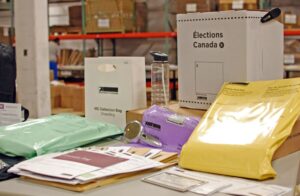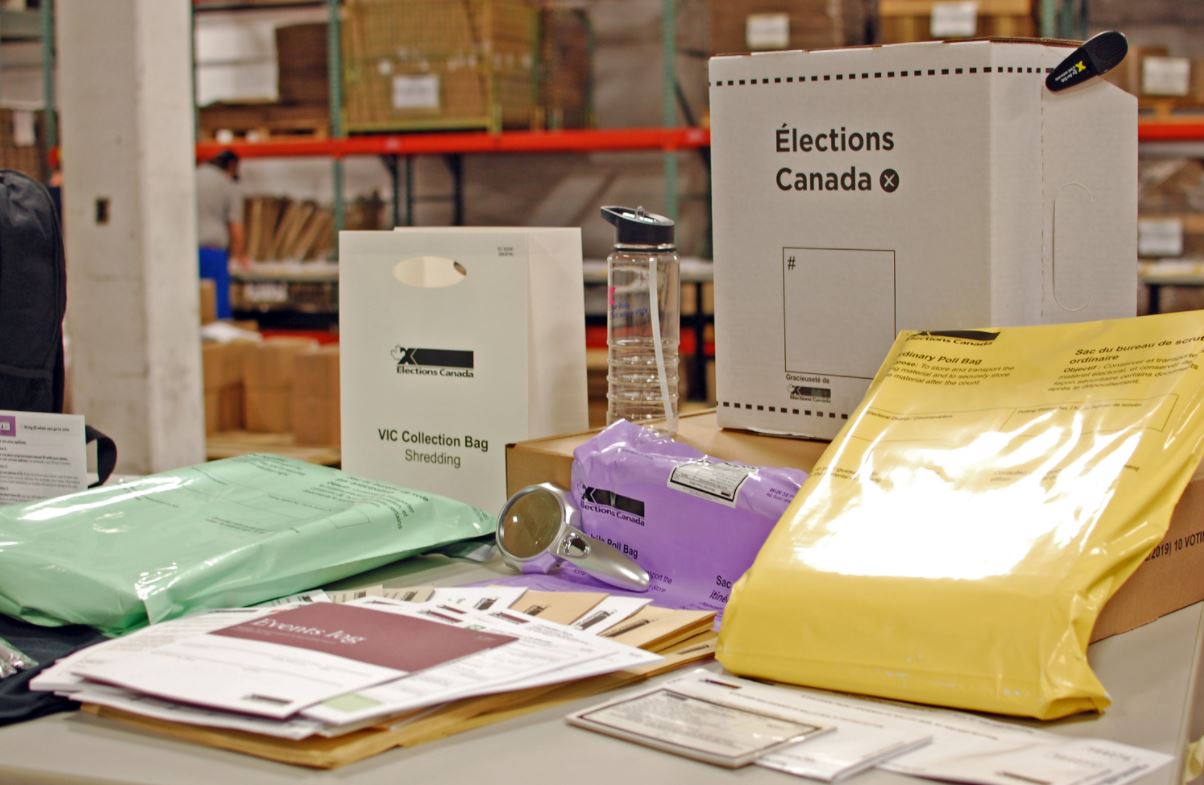Now Trudeau risks the perfect storm

TORONTO – The perfect storm, a nightmare scenario, is materializing for Justin Trudeau. The new polls certify the moment of great difficulty for the outgoing prime minister, who not only collects the strengthening of the Conservative Party in voting intentions, but who is also forced to suffer the growth of the NDP. The Liberal Party, which started on the eve of the election campaign clearly ahead, is currently strongly downsized, caught between two fires, with Erin O’Toole continuing to gnaw votes from the right and with Jagmeet Singh beginning to erode the consensus from the left. And this is precisely the most alarming fact that worries the entourage of the liberal leader: the rise, completely unexpected, of the neo-democrats.
In recent weeks, in fact, the advance of the conservatives in voting intentions had worried the outgoing prime minister up to a certain point: the counter-move was to recalibrate the agenda of the electoral campaign to go to recover votes in the center-left electorate. Trudeau’s strategy has not led to concrete results and which indeed seems to have been counterproductive. Also because the NDP, instead of losing votes, seems to be strengthening. According to the latest Leger poll, in fact, the NDP has gained 4 percent since August 15, from 20 percent to 24 percent of voting intentions. The Liberal Party lost 5 percent, falling from 35 percent to 30 percent, while the Conservatives, who started at 30 percent, rose to 34 percent.
Another worrying fact for the liberal leader is that of the trend recorded in this election campaign: so far the consensus towards Trudeau is plummeting.
Different, but up to a certain point, the snapshot taken by the Abacus, which in recent weeks has always been more generous towards liberals. In the poll published today, the Liberal Party stands at 33 percent – the same figure recorded seven days ago – while the conservatives reach 32 percent, with a growth of 2 percent. Even in this case, however, the growth of the NDP is recorded, which reaches 22 percent.
Mainstreet Research, on the other hand, continues to give a very large margin of advantage to the party led by O’Toole with 36.9 percent of voting intentions, while the liberals stand at 29.2 percent.
At this point Trudeau must absolutely try to reverse the trend and turn the election campaign around. There are seven days left before the first of the two debates, considered two key junctions in view of the federal vote on September 20.
Certainly, the political fate of the Liberal leader is intimately linked to the results that the party will be able to achieve in Ontario. While there is substantial resilience in British Columbia, Quebec and the Atlantic Provinces, in our province over the past two weeks we have seen a progressive strengthening of the Conservative Party in the 905 area and in rural areas. The Liberal Party is also beginning to have difficulties in Toronto, where the NDP is strengthening. The chance of victory, which has been significantly reduced since the beginning of the campaign, necessarily passes through the liberal estate in Ontario, where in 2019 they were able to win 79 seats out of 121.
Another element that must be taken into account is that of the People’s Party. The movement of former Foreign Minister Maxime Bernier, in fact, despite having very little chance of winning a few seats on a national scale, represents a real threat to the conservatives in the individual electoral districts. Those for Bernier, in fact, are all votes taken away from O’Toole and the latest polls confirm a progressive strengthening of the People’s Party, the only one that presents instances very close to the no vax protest in Canada.
According to Mainstreet Research, Bernier’s movement stands at 5.7 percent nationwide, while for Nanos Research the party does not exceed 3.3 percent. In the last election, the People’s Party did not go beyond 1.6 percent, collecting just 294,092 votes.



